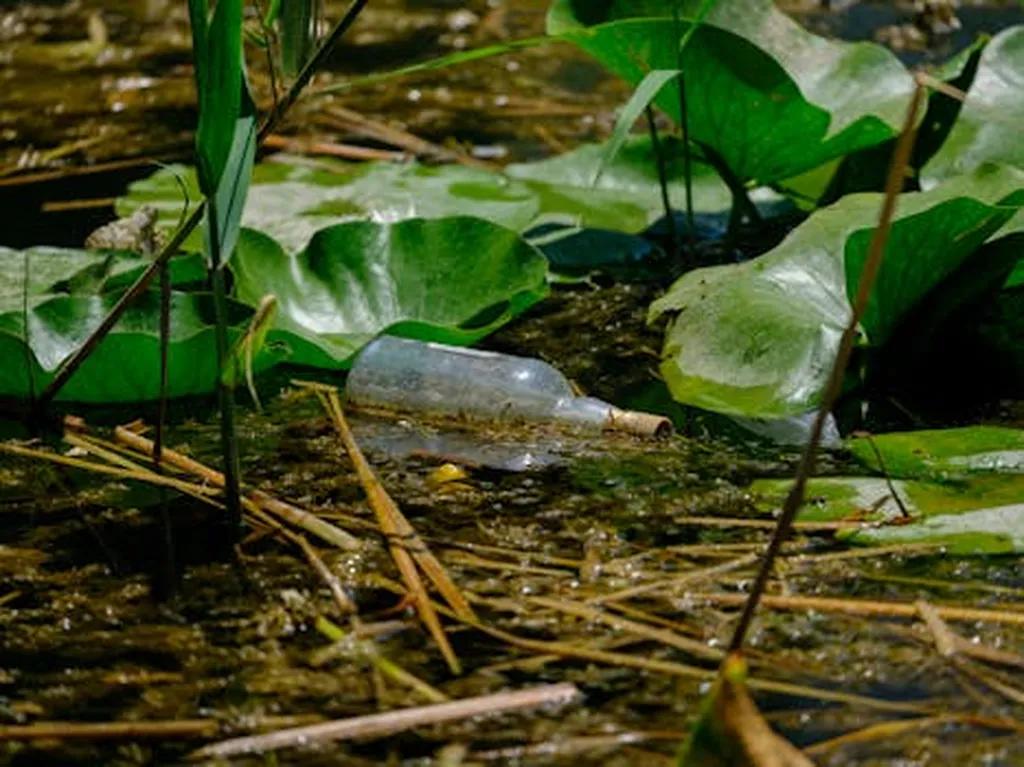In the heart of South Africa’s Vhembe Biosphere Reserve, the Luvuvhu River Catchment (LRC) is under scrutiny like never before. A recent study published in the journal *Scientific Reports* (translated from Afrikaans as “Scientific Reports”) has peeled back the layers of water quality in this vital region, revealing a stark picture of seasonal pollution and potential human health risks. Led by T. H. Shibambu from the Water and Environmental Management Research Unit at the University of Venda, the research offers a comprehensive look at how human activities are leaving an indelible mark on the LRC’s waterways.
The study, which measured a wide array of water quality parameters, found that pollution levels spike during the wet season. This is largely due to increased runoff, which sweeps fertilizers, pesticides, and waste into the river system. “The seasonal variations are striking,” Shibambu notes. “The wet season brings a deluge of contaminants, significantly degrading water quality.”
Using advanced techniques like Inverse Distance Weighting (IDW) and inductively coupled plasma-optical emission spectroscopy (ICP-OES), the team mapped the spatial and temporal distribution of pollutants. The Water Quality Index (WQI) painted a grim picture downstream, with values ranging from 387.48 to 1357.86, indicating significant degradation due to domestic discharge, agricultural runoff, and semi-industrial pollution.
The human health risks are particularly alarming. The study assessed exposure through ingestion and dermal absorption, finding that adults face greater non-carcinogenic risks than children due to higher water consumption. “Ingestion poses a greater risk than dermal exposure,” Shibambu explains. “This is a critical finding, as it highlights the need for targeted public health interventions.”
Potentially toxic elements (PTEs) like manganese, molybdenum, and iron exhibited high Chronic Daily Intake (CDI) values, raising concerns about long-term exposure. Lead and arsenic, known neurotoxicants and potential carcinogens, were also detected, underscoring the risks to vulnerable populations.
For the energy sector, these findings are a wake-up call. The Luvuvhu River Catchment is not just an environmental treasure; it’s a critical resource for agriculture, industry, and energy production. Pollution in this region can have far-reaching commercial impacts, from increased treatment costs to potential regulatory penalties.
Looking ahead, Shibambu emphasizes the need for improved water management strategies and pollution control measures. “This study is a stepping stone,” he says. “Future research should integrate advanced computational approaches like machine learning and artificial intelligence to enhance predictive modeling and real-time monitoring.”
As the world grapples with the consequences of climate change and industrialization, studies like this one are more important than ever. They shine a light on the hidden costs of human activity and offer a roadmap for a more sustainable future. The Luvuvhu River Catchment may be a small piece of the puzzle, but its story is one that resonates far and wide.

